#Cyanobacteria
Explore tagged Tumblr posts
Text










Petractis clausa
A lot of lichens are difficult to differentiate from one another, and so when you see one that is so distinct and nearly impossible to confuse with a another, it is like, so delicious. So choice. So delectable. P. clausa is a crustose lichen that grows on calcareous rocks in sheltered, humid woodlands and gorges in Europe. It has an endolithic (immersed in rock) thallus that colors the rock pale whitish-yellow topped by pale pink-orange apothecia. These apothecia start out deeply immersed and flaks-shaped with the disc sunk well below the thick margin, but in time this margin will spread and crack radially in 5-9 segments, revealing the orange disc inside. And if all that wasn't cool enough, P. clausa has a rare Scytonema cyanobacterial photobiont. It is rare and likely declining in Europe due to habitat loss and fragmentation, but you bet I will be looking for it at my Alpine lichenology conference in the Italian Alps next week!
images: source | source
info: source | source | source
#Petractis clausa#Petractis#lichen#lichens#lichenologist#lichenology#mycology#ecology#biology#fungi#fungus#nature#symbiosis#cyanobacteria#trypo#trypophobia#I'm lichen it#lichen a day#daily lichen post#lichen subscribe#life science#environmental science#natural science#the natural world#beautiful nature#weird nature#lichens are so good#look for lichens
70 notes
·
View notes
Text
22 notes
·
View notes
Text
Iron probably didn’t rust much before Cyanobacteria.
Copper never turned green
Think about that…
Then the Cyanobacteria came in, and all the iron that surfaced during varying periods of time all rusted at once
2K notes
·
View notes
Text

Cyanobacteria
Habitat: Slow-moving or stagnant aquatic environments
Strengths:
Many species are filimentous, forming thick mats or films on the surface of the water
Buildups of cyanobacteria frequently release toxins which can cause serious illness or death if ingested
Overgrowth causes oxygen in the water to be depleted
Weaknesses:
Extremely small, individuals are typically microscopic
Very limited movement
Minimal response to external stimuli
Photo by Lothar Krienitz
(Disclaimer: I am aware that cyanobacteria are not animals; I did not make up the bracket, I'm just the messenger)
132 notes
·
View notes
Text
Edit: Corrected information given:
"[T]he water in Lake Tahoe had testing done, the results of which came back literally three days ago showing very, VERY low percentages of the toxins being talked about in that video, and only in very specific parts of the lake. Meaning there was not enough present to cause severe effects in people, or pets. There WAS a small, backwater pond separate from Lake Tahoe reported to have a HAB bloom on the NV side, but it does not effect the rest of the lake."
Article link: https://www.tahoedailytribune.com/news/no-harmful-algal-bloom-detected-at-lake-tahoe-sites-purported-to-be-responsible-for-dogs-death/
243 notes
·
View notes
Note
can you explain what Cyanobacteria is?
Wait, did I not? Oops! I guess breaching containment means explaining a little bit about my favorite bacteria microorganism living thing! Or maybe they're my favorite thing in general...
So, Cyanobacteria are photosynthetic bacteria. They've been around for at least a couple of billion years and are the first organisms that have been known to produce O2.
Cyanobacteria are extremely important in this regard, because they are actually the organisms behind pretty much all of the O2 that currently exists on Earth. You see, the world billions of years ago was very different from the Earth we inhabit today. Back then, Earth's atmosphere was made of CO2 and Methane, and would have been completely uninhabitable for humans, or any of the animals we know and love today. Once they started to produce O2, Cyanobacteria created the Great Oxygenation Event (GOE) which changed the composition of Earth's atmosphere from Greenhouse Gas Hell to the Oxygen rich one we know and love today! This was the single most important event in all of Earth's history.
However, this is not the only way in which Cyanobacteria influence our world. This is because nearly all photosynthesis on Earth is still done by Cyanobacteria. Plants photosynthesize with their chloroplasts, but these chloroplasts are not really part of the plant. They are actually endosymbionts - Cyanobacteria that exist symbiotically within the plant and do photosynthesis for them. Basically, none of the plants or animals on Earth would exist without Cyanobacteria, nor would many other things which exist because of atmospheric O2 or the bacteria themselves. Cyanobacteria are absolutely the main characters in Earth's history, and just this one post doesn't even come close to describing how impactful they are (for example, it didn't touch on the fact that most rocks on Earth wouldn't exist without Cyanobacteria!) That's why I created this blog, to spread awareness about how important Cyanobacteria really are, and just how much we need them!
75 notes
·
View notes
Text
Whoooooo wants keychains?
I was originally going to wait until the keychains got here to put them on sale, but I'm getting antsy, so they're on preorder! I estimate I'll receive all of them in a few days and then they'll ship out immediately, if you dare to purchase one. 😈
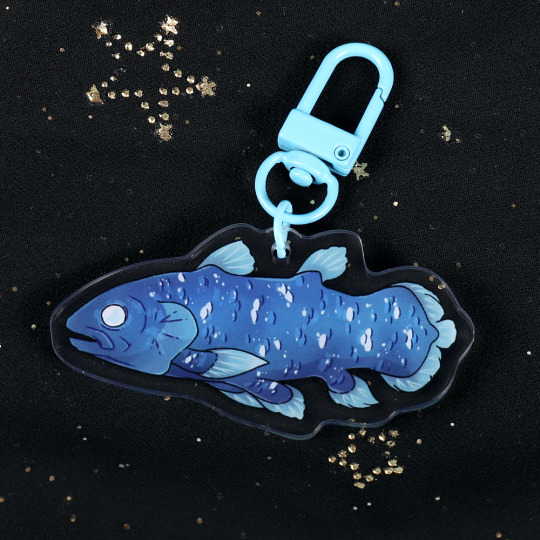
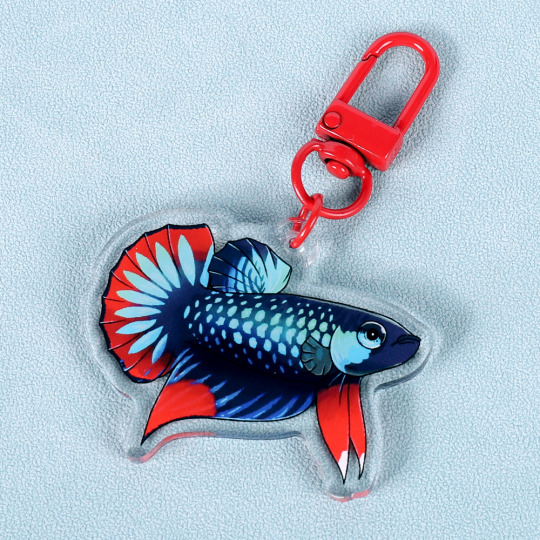
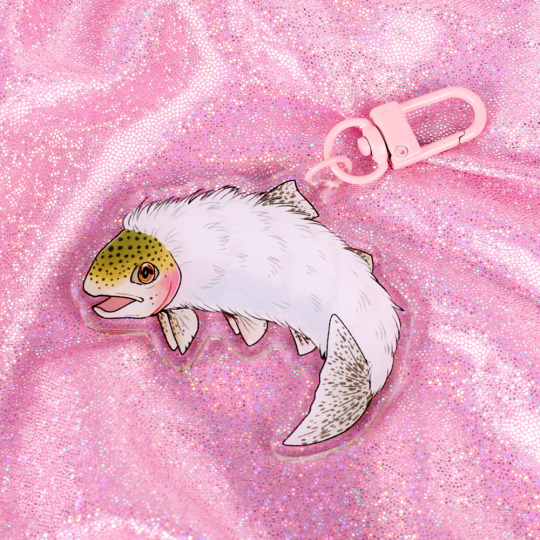
First up, a bunch of friendly fishy keychains! A coelacanth, a wild type betta, and a furry trout.
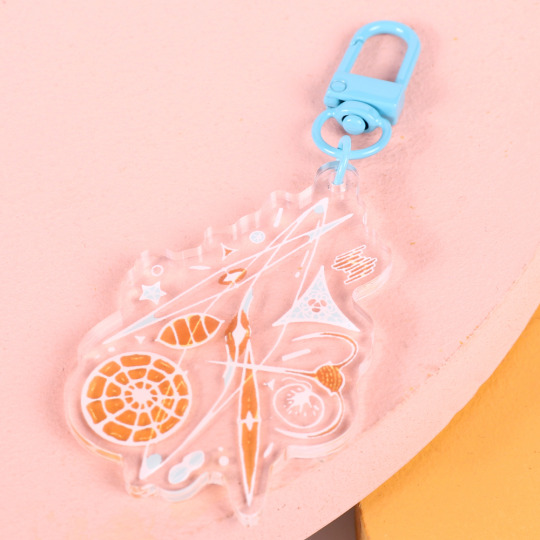
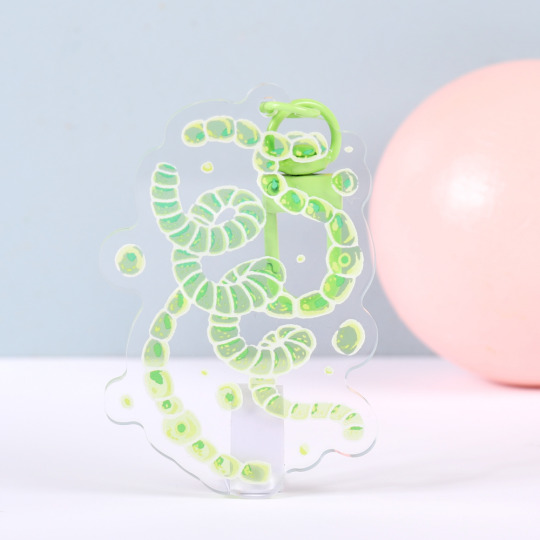
Then, some algae! Featuring shapely diatoms and dinoflagellates, as well as some nice green cyanobacteria.
Check them out here! https://garblegoods.bigcartel.com/
#diatoms#cyanobacteria#microbes#microbiology#fish#betta#coelacanth#cryptids#keychains#merch#i never know how to tag these
294 notes
·
View notes
Text
We Have Miku At Home - Round 1

39 notes
·
View notes
Text
Cyanobacteria, an ancient lineage of bacteria that perform photosynthesis, have been found to regulate their genes using the same physics principle used in AM radio transmission. New research published in Current Biology has found that cyanobacteria use variations in the amplitude (strength) of a pulse to convey information in single cells. The finding sheds light on how biological rhythms work together to regulate cellular processes.
Continue Reading.
#Science#Biology#Microbiology#Molecular Biology#Cyanobacteria#AM#Amplitude Modulation#Circadian Rhythm
76 notes
·
View notes
Text









:-P
#bitches i love but its just a glob of gree goo#i actually used the phone stablizer for the microscope so the pics dont look awfull 9 out of 10 times#and i got samples that were nice and branchy :-] thats my fave#cyanobacteria#Microbiology
49 notes
·
View notes
Note
cyanobacteria. that's a prehistoric thing right?

I mean yeah I guess lol
35 notes
·
View notes
Text
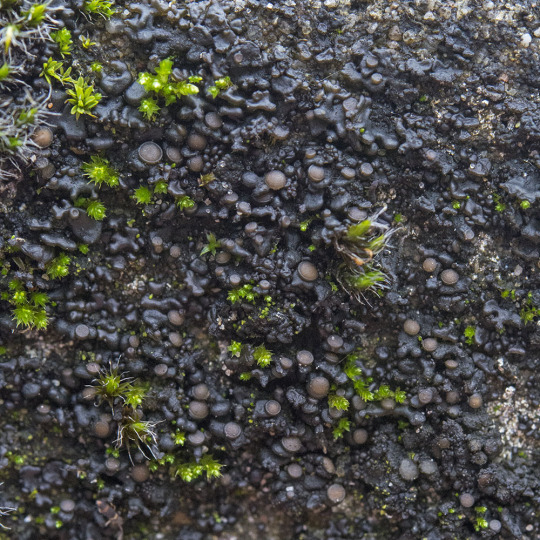



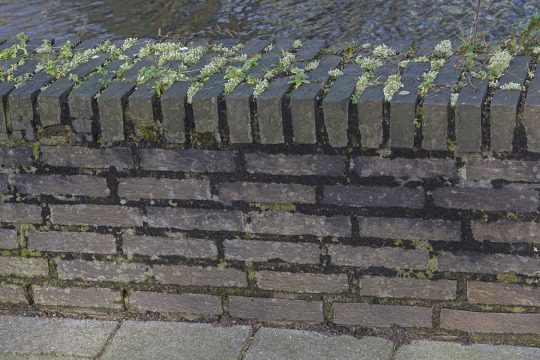


Scytinium turgidum
When I see people tag my lichen posts with #plant, I have to admit, a part of me dies inside. Because like, cyanolichens like S. turgidum have to plants parts. This guy is composed of an ascomycete fungi and a cyanobacteria -- no plants involved whatsoever. This jelly lichen grows on calcareous rock often inundated with runoff. It has shiny red-black to blackish-olive lobes which are wrinkled and thin when dry, thick and gelatinous when wet. The upper surface is covered in granular isidia, and often brownish-red apothecia. S. turgidum has a Nostoc photobiont.
images: source
info: source | source
#lichen#lichens#lichenology#lichenologist#mycology#ecology#biology#fungi#fungus#symbiosis#symbiotic organisms#cyanobacteria#nostoc#Scytinium turgidum#Scytinium#trypo#trypophobia#nature#the natural world#beautiful nature#weird nature#life science#environmental science#I'm lichen it#lichen a day#daily lichen post#lichen subscribe
1K notes
·
View notes
Text
217 notes
·
View notes
Text
‘Oh yum is that boba in your milk tea?’
Wrong. Nostoc pruniforme
#phycology#nostoc#nostoc pruniforme#boba#boba is the closest I can get to munching on those guys#I’m not above trying one#Cyanobacteria
49 notes
·
View notes
Text
Round One: Roots & Relics

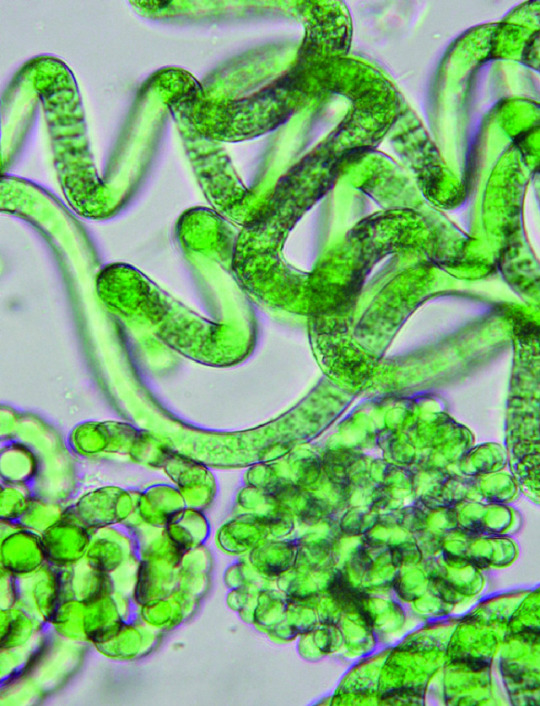
Alligator Gar vs Cyanobacteria
Habitat: Freshwater lake
Photos by Solomon David and Lothar Krienitz
99 notes
·
View notes
Text

'Crayback' stromatolite - Nettle Cave, Jenolan Caves, NSW, Australia. Size is about 1m high and wide.
26 notes
·
View notes